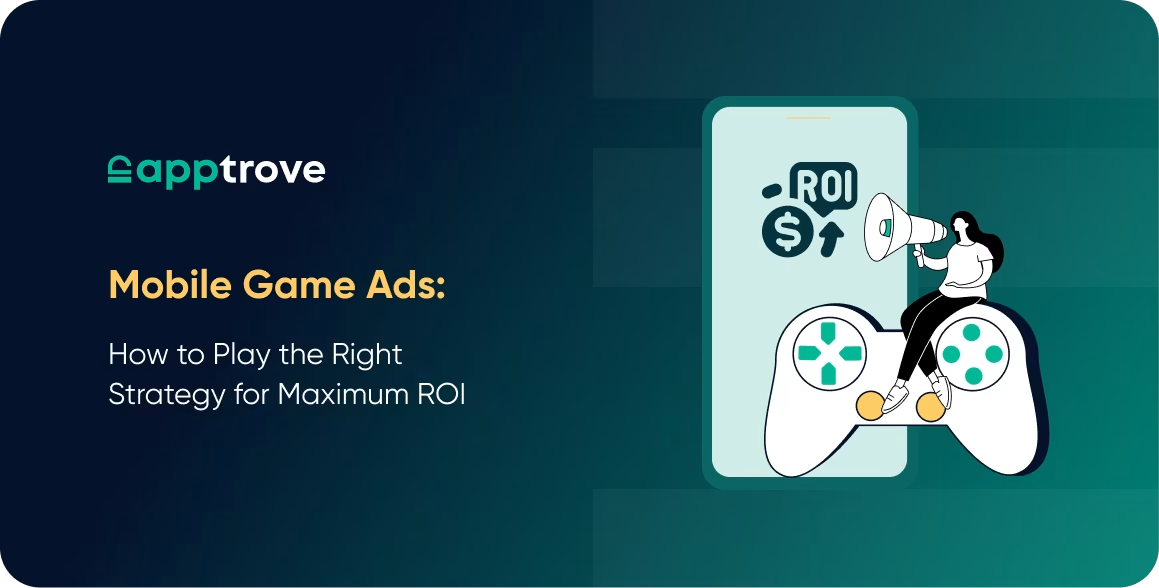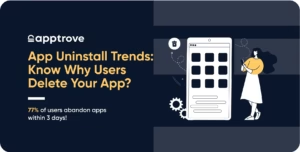Do you ever notice how everyone in China is tapping away on their phones wherever they can, at short breaks, in the subway, while waiting for food, and more? Most of the time, they are not playing fully-fledged strategy games, or AAA adventures, they are playing hyper casual games.
This is a simplified format, tap-and-play game and they have taken off in China big time. And not just because they are simple. There is a much deeper reason why hyper casual mobile games dominate the Chinese app store. Let’s break down exactly what is fueling this huge trend.
What Are Hyper Casual Games?
Hyper casual games are mobile games that are designed to be played instantly. Like, you literally don’t need a lengthy tutorial, to log in, or have complicated controls. Most of the time, you swipe or tap to play. Common examples of hyper casual games include “Stack”, “Flappy Bird”, or “Helix Jump”.
These games often feature:
- Minimal graphics
- Short levels
- Fast restarts
- No real plot
And that is exactly why they can be so addicting.
Why Hyper Casual Mobile Games Are a Perfect Fit for China
China has the largest mobile gaming market in the world. According to Statista, there were over 660 million mobile gamers in China in 2023. Over 95% of gamers play on mobile devices in China and more than half play mobile games every day.
So why are hyper casual mobile games the best fit for this huge audience?
1. Short Attention Spans
China’s generations are fast-paced, and their life styles often mean they tend to prefer games that they can play for a few minutes at a time without too much time commitment. Hyper casual games fit that bill perfectly.
2. High Smartphone Penetration
Almost everybody owns a smartphone in China. This means that more people are likely going to download lightweight, free games with low specs and short download times.
3. Douyin (Tiktok) Play
A lot of hyper casual games go viral through short video social media platforms like Douyin. Users post videos of gameplay, challenges, or high scores which lead to additional downloads, especially from teens.

Exploring Hyper Casual Game Mechanics
The core of hyper casual games is the mechanics. The mechanics are intentionally very simple with the goal of being easy to learn.
Simple Controls
These games typically are tap one or swipe controls. There are no boundaries, and all ages – kids to older adults – can play.
Immediate Gameplay
There is no waiting or loading. There are no long intro scenes. Immediately when the game opens, the action begins. That immediate feedback keeps users engaged.
Short Loops
Players can play a level, or a challenge in a second. Win or lose the restart is immediate, pulling users into looping “just one more time” behavior.
Randomness and Surprise
Games like “Paper.io” or “Color Switch” use randomization to keep players engaged by finding unique twists within the game loop.
These simple, yet addictive hyper casual game mechanics are a huge reason these games have taken off in China.
The Role of Hyper Casual Game Publishers
While many indie developers dip their toes into developing hyper casual titles, the most successful hyper casual games often come from mainstream hyper casual game publishers. These publishers are experts at identifying, developing, and launching games that quickly go viral.
Some prominent global and Chinese publishers are:
- Voodoo (France)
- Kwalee (UK)
- SayGames (Cyprus)
- Lion Studios (USA)
- Ohayoo (China) – Owned by Bytedance, the parent company of TikTok
Ohayoo has been instrumental to the hyper casual game wave going into China, they have released over 150 games since 2019 and have been downloaded over 500 million times. Some games to become a virals hits in the Chinese app stores included “Brain Out” and “Rescue Cut”.
The publishers will utilize A/B testing, data, and user feedback to make changes / improve their games before a wider release.

Why Ads Work Better Than In-App Purchases in China
The majority of hyper casual mobile games don’t extract revenues from purchases related to coins or upgrades. The bulk of the revenues are derived from advertising, and while there are many variations, the three most common types of ads are:
- Interstitial ads – Full-screen ads that get displayed between game levels
- Banner ads – with the game ongoing, smaller ads appear.
- Rewarded video ads – Players invest their time to watch an ad, and are rewarded for it as a bonus, or to revive their character
One of the intriguing elements of this monetization, is that this model works exceptionally well in China. Chinese gamers are more willing to watch short ads, than they are to spend actual money on in-game purchases. This creates hyper casual games with spectacular revenue without players needing to pay a single cent.
Cultural Reasons Behind the Hyper Casual Craze
Culture impacts success beyond design and marketing, especially for hyper casual games in China.
Gamified Living
Gamification is everywhere in China, between fitness apps and education. There are reward systems, daily check-ins, and easy interactive features to use. Hyper casual games fit naturally into how people use digital products.
FOMO/Social Sharing
Users are eager to share their accomplishments, either a high score or a funny experience. Sharing game clips is easy with outlets like WeChat and Douyin, and they leverage a viral component.
The Need For Mental Breaks
Students and office workers under pressures make up a close segment of hyper casual gamers that want to escape. Users just need a quick break, and even a 2-minute game session can refresh the brain, which is what many people want.
Real Stats That Tell the Story
Now let’s look at some numbers from the real world:
- In 2023, there were 8 billion hyper casual games downloaded in China alone, which is 40% of all mobile games downloaded.
- The hyper casual game mobile market in China grew 47% from 2021 to 2023.
- The hyper casual title “Brain Out,” a puzzle-style casual game, has been downloaded more than 100 million times in China.
- Chinese developer Ohayoo made over $1 billion in ad revenue from it’s hyper casual titles from 2019–2023 in China.
These figures confirm that it’s not an ephemeral trend, but a large part of China’s mobile gaming ecosystem.
The Future of Hyper Casual Games in China
We can see a powerful future ahead. However, change is afoot:
- Hybrid Games: Developers are beginning to combine hyper casual game mechanics with mid-core level features – like leveling or light story.
- Smarter Ads: Advertising is less irritating than before – ad placements are smarter thanks to AI.
- Localized Content: More games are being designed with Chinese holidays, celebrities, and slang to have greater engagement.
Final Thoughts
The boom with hyper casual games in China is more than an appeal to simplicity. It’s a convergence of design, culture, context, technology, and timing. We have hyper casual game publishers delivering high quality, hyper casual content, players are craving mobile entertainment. Everything is lined up.
Whether it’s waiting for a bus or relaxing after class, hyper casual mobile games have become a crucial part of how Chinese people unwind and enjoy themselves.
As long as developers continue to innovate and refine hyper casual game mechanics, I think we can expect to see more and more hyper casual games built into everyday digital life.






